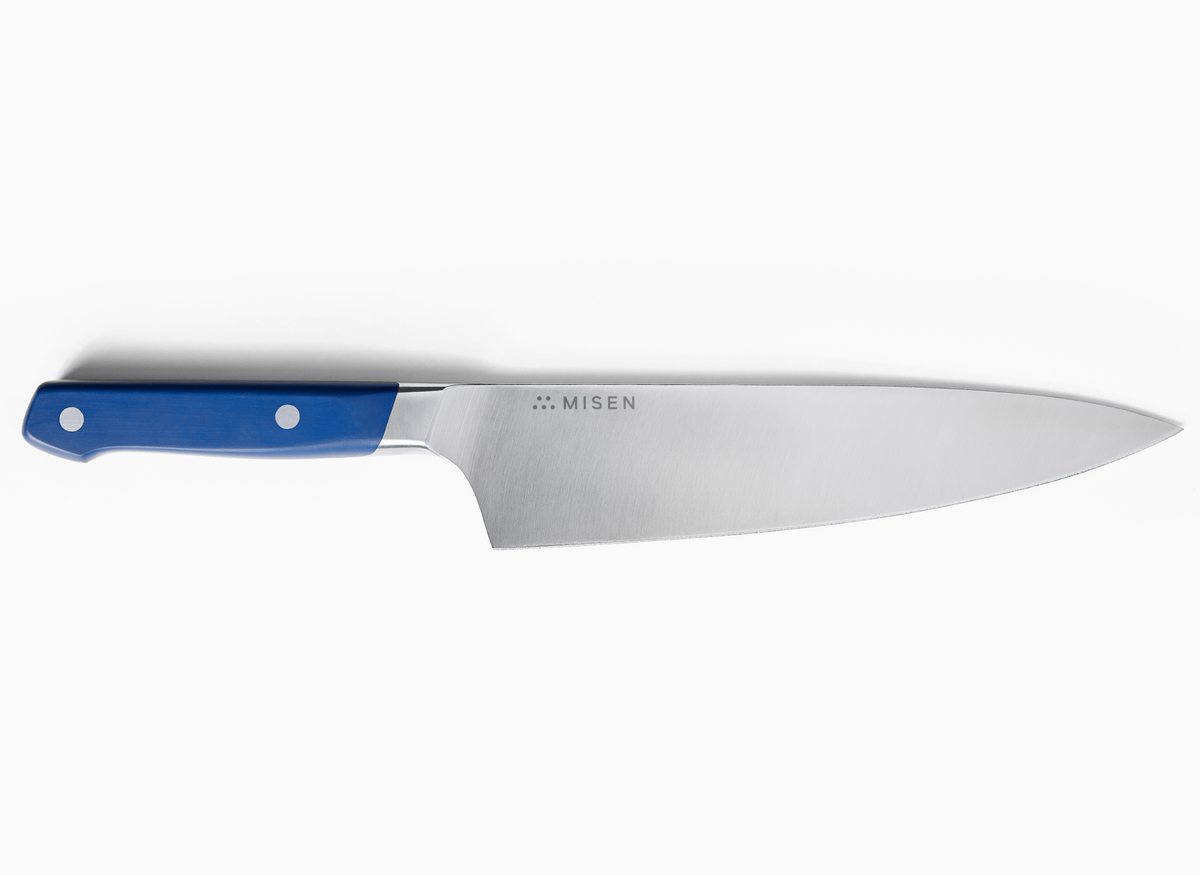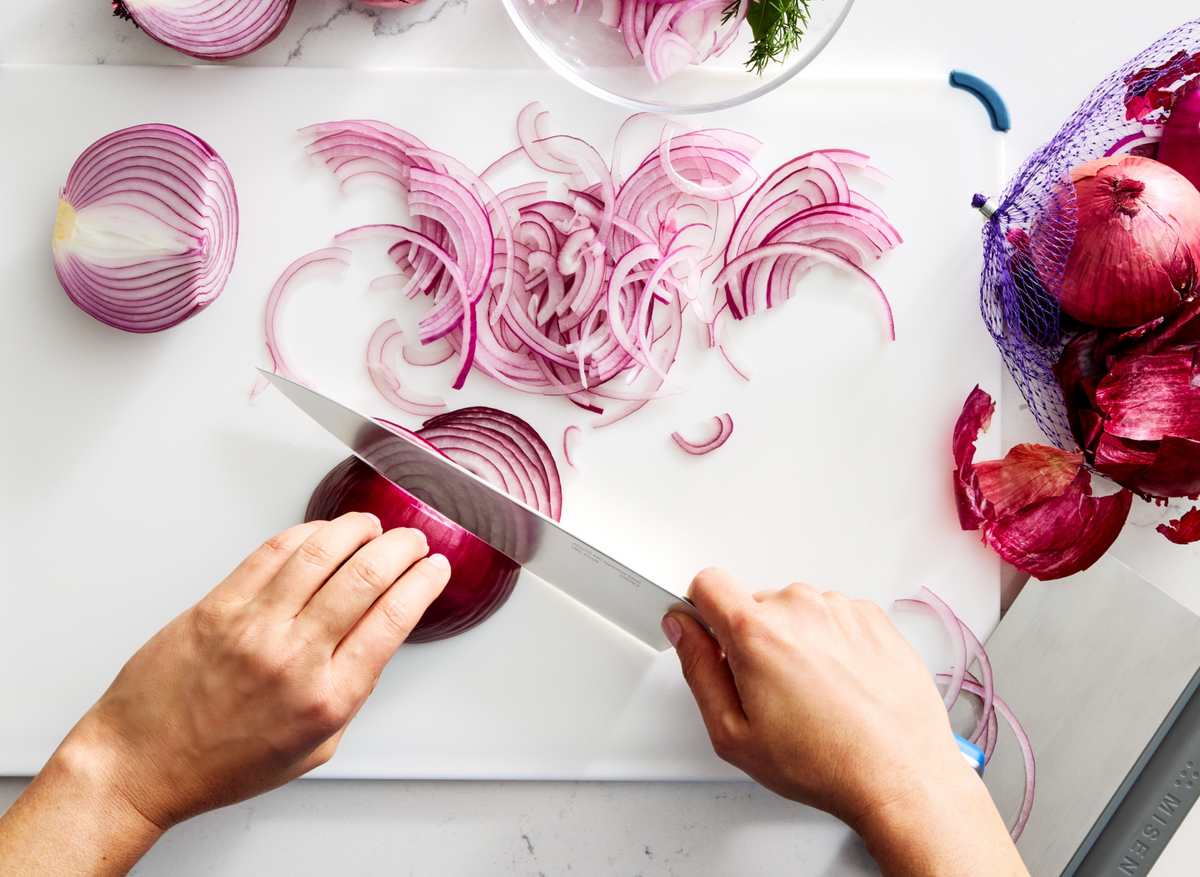Sharpening a serrated knife is not as easy as returning the razor edge to your chef’s knife.
People unfamiliar with how to sharpen them — when it’s finally time — are guided by the misconception that it’s better to buy an inexpensive and low-quality serrated knife, and just toss it in the garbage when it obviously isn’t doing the job anymore. This is a huge mistake and waste of money.
Sidestep this disposable approach. Buy a quality serrated knife made of high-carbon steel. It’ll reward you with better edge retention, meaning it’ll need sharpening less often than the cheap ones you’ll have to regularly replace. It’ll take even longer — years — before you’ll have to sharpen the serrated blade.
A serrated knife probably isn’t going to be used as much as the kitchen workhorses you have, such as your chef’s knife or paring knife. The serrations help protect the sharp edges residing in the gullets between the points, which don’t make full contact with the cutting board. For perspective, think of how many times the edge of your chef’s knife meets up with the cutting board.
The recessed part of the serrations are chisel ground into the blade. This means that the back side of the blade is flat, and the serrations are ground at an angle — just like a chisel. Over time, these chiseled edges will become dull, especially the high points that make first contact. The knife will still cut because the serrated edge can still catch and rip through the surface. Plus, the recessed gullets dull slower. You’ll have to press a lot harder, though, with a serrated knife that needs sharpening. You might not notice the difference until you resharpen the blade.
A quality serrated knife will continue to perform after years of use — but have you noticed lately that it’s not easy to get those beautifully symmetrical bread slices? And yes, now that you mention it, there are more crumbs and food morsels left on the cutting board than there used to be. These are signs that it’s time to sharpen this essential kitchen knife so that it will do a better job.
Sharpening your serrated knife will reduce the amount of pressure you put on the knife to get the teeth to catch and rip through the surface. Cut a few slices from a crusty loaf of bread with a dull serrated knife. Then sharpen the knife. You’ll see a dramatic reduction in crumbs.
You can do it yourself with the right tools, and it’s not a difficult task if you have a quality knife that was manufactured with the intent to be re-sharpened rather than discarded.





